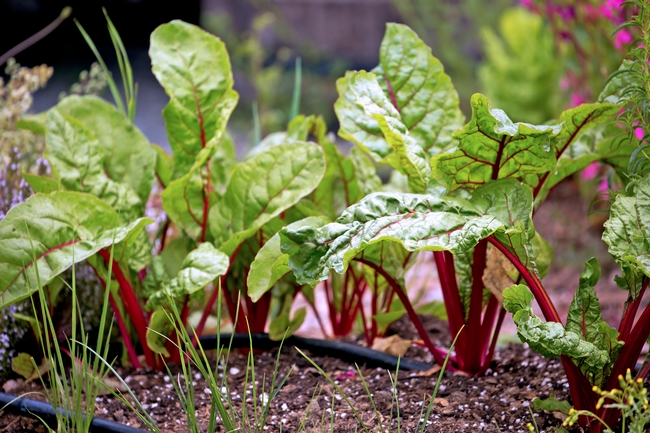September is a crucial month for gardeners across California, where the state's diverse climates offer a range of opportunities. Whether you're dealing with the cool coastal air or the lingering heat of the inland valleys, this is the time to prepare your garden for the coming seasons. Here's a list of tips to help your garden thrive this September, no matter where you are in the Golden State.
1. Plant Fall Crops
As your summer crops finish, it's time to get your fall and winter garden going. In many parts of California, it's time to clear out the old plants and consider enriching the soil with compost, and sow cool-season veggies like carrots, chard, peas, beets, and radishes. Transplant broccoli, cabbage, leeks, brussels sprouts, cauliflower, and kale for a hearty winter harvest.
2. Install Raised Beds
Have you considered a food garden but haven't taken the first steps? Cool season crops will be in the ground soon, and while you don't have to grow edible plants in a raised bed, these structures are helpful in maximizing plant growing space and allow gardeners to optimize soil for growing vegetables. Pre-fabricated options and step-by-step DIY guides are available.
3. Shop for Spring-Blooming Bulbs
September is prime time to pick up bulbs for a colorful spring. Daffodils, crocus, freesia, anemones, Dutch iris, and ranunculus are all widely available now, so grab them while you can. Plant them this fall, and your garden will be bursting with color come spring.
4. Plan for New Perennial Plantings
With winter rains on the horizon, now is a great time to plan for new trees, shrubs, perennials, and ornamental grasses in your garden. Planting later in the fall is ideal, so start making decisions and mapping out new additions or changes now. Native plants are especially suited for fall planting—they'll have plenty of time to establish strong roots before spring.
5. Continue Watering Thoroughly
Even though the days are getting shorter, September can still bring plenty of heat. Keep a close eye on your garden's water needs, particularly during heat waves. Make sure your plants, especially shrubs, stay hydrated to reduce stress.
6. Start Sweet Peas
Sweet peas make a lovely addition to any garden. Start planting them in late September and continue sowing seeds weekly throughout the next month. This will give you a steady supply of blooms through winter and spring.
7. Care for Shrubs
As the temperatures start to drop, many shrubs begin to wind down. Keep them watered to help them cope with the lingering summer heat. California natives might need less water as many are dormant late summer through fall.
8. Tend to Your Roses
September is when many roses, especially in Southern California, experience a “second spring.” If you pruned your roses in summer, you'll likely see new growth and developing buds now. Get ready for a beautiful bloom in October and November.
9. Fertilize Fruit Trees
With harvest wrapping up or complete, it's time to apply late summer fertilizer. Fertilizers should be applied around the drip line of the tree, away from the trunk. Be sure to water after fertilizing so plant roots will pick up the nutrients.
10. Start Seed Saving
If you had some favorite vegetables this summer, why not save their seeds for you to use next year? Beans, peppers, lettuce, and tomatoes are easy to save following simple guidelines. Store fully dried seeds in airtight containers in a cool, dark place until spring.
September is a busy time in the garden, offering plenty of chances to prepare for fall and get a jump start on spring. By following these tips, you'll keep your garden thriving through the cooler months and set yourself up for success next year.
Ask your local UC Master Gardener Program.
Have a gardening question? UC Master Gardener volunteers are available to help. Click here to Find a Program and connect with your local UC Master Gardener Program. You will be redirected to your local county website and contact information. UC Master Gardener volunteers are available to help answer questions for FREE. Happy gardening!
